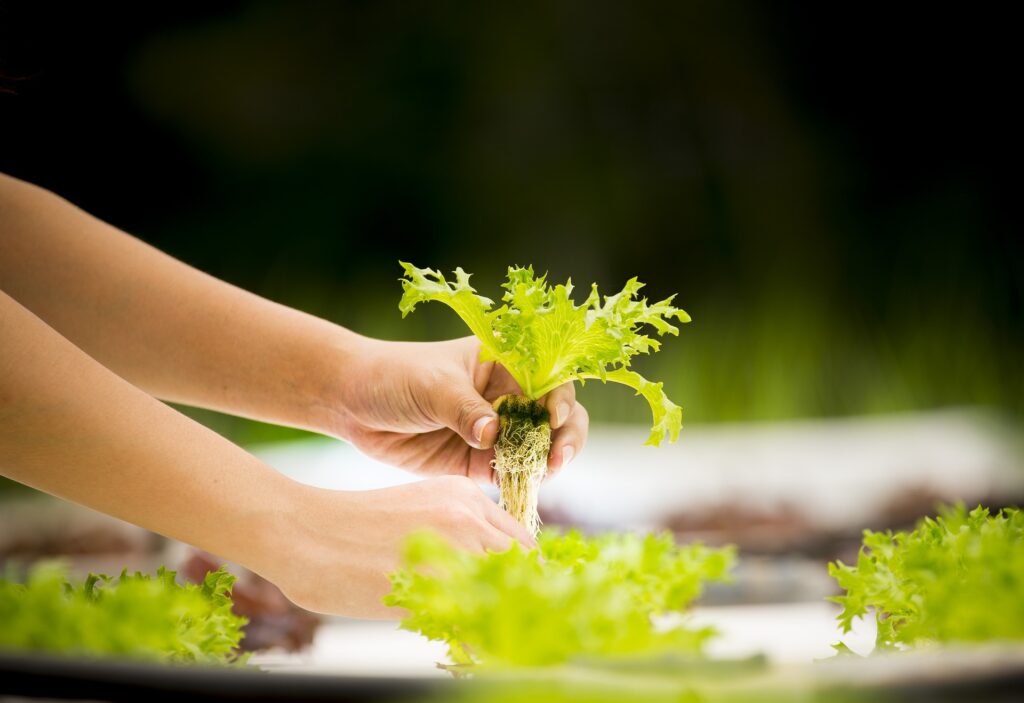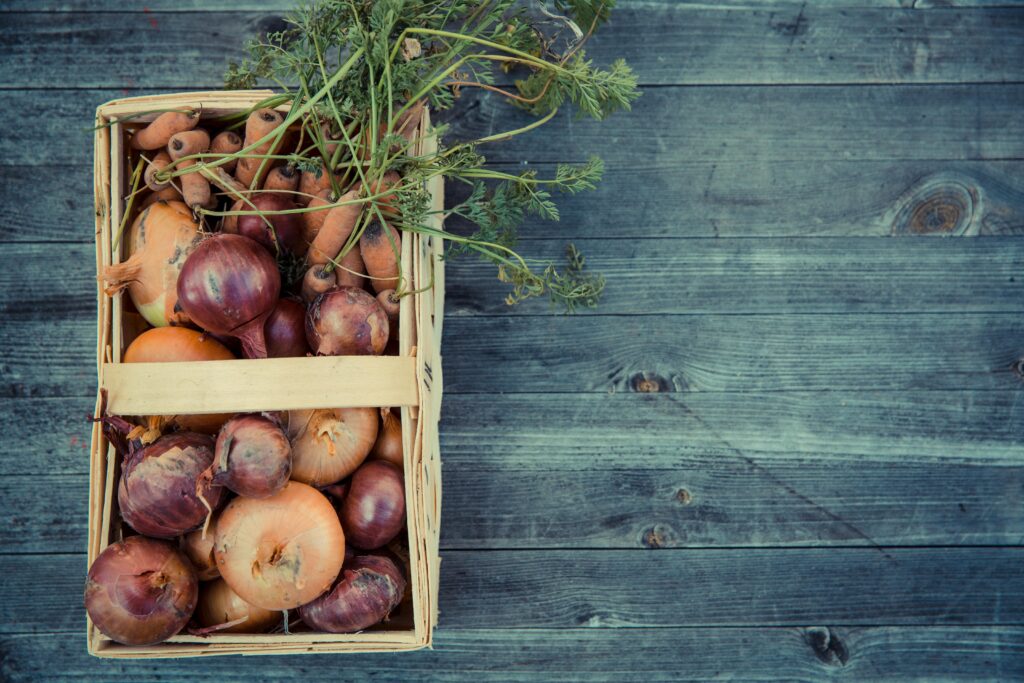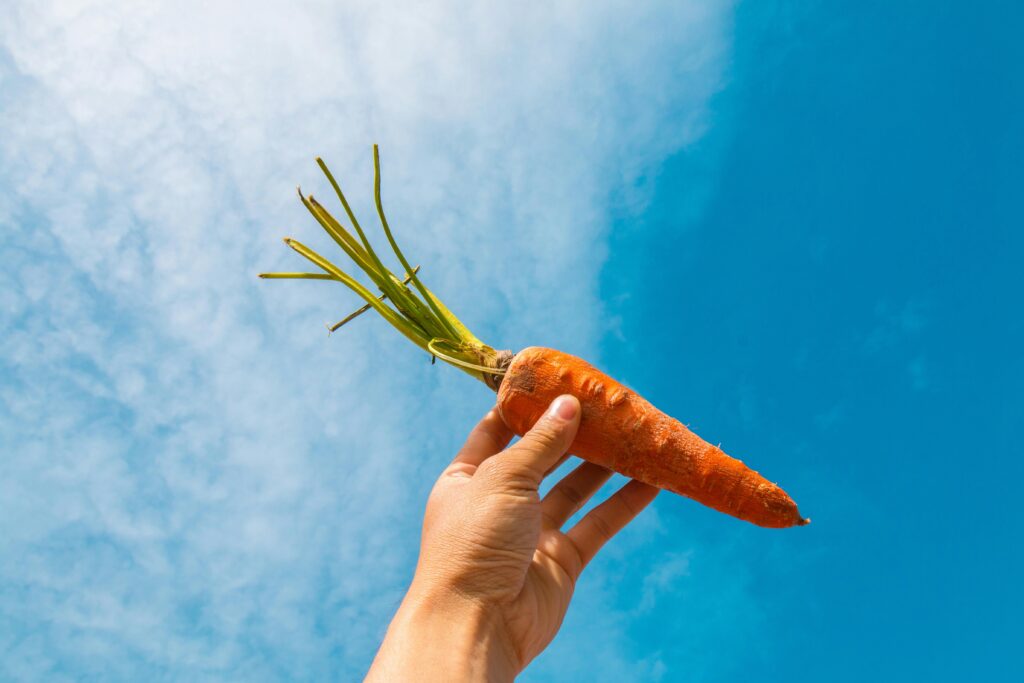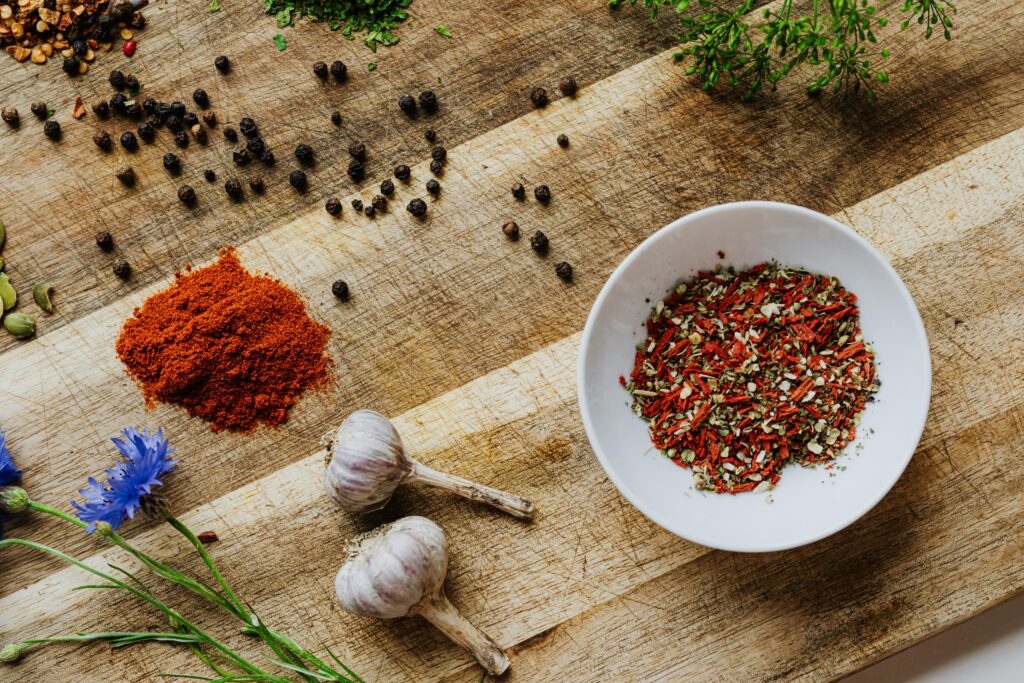Table of Contents
Grow Mint Indoors: Introduction
How to grow mint indoors isn’t just a gardening activity; it’s a gateway to bringing a piece of nature into your home, with a bonus of having fresh, aromatic herbs at your fingertips. Mint, with its invigorating scent and endless culinary uses, is among the most versatile and easiest herbs to start with for indoor gardening enthusiasts. This blog aims to guide you through the process of how to grow mint indoors, from selecting the right variety to ensuring your mint thrives in its new environment.
Whether you’re a seasoned gardener or someone looking to green up their space with minimal effort, you’ll find actionable tips and insights to make your indoor mint garden a success. So, let’s embark on this green journey together, ensuring your home is always stocked with fresh mint!
Why Grow Mint Indoors?
Growing mint indoors comes with a bouquet of benefits that extend beyond the simple joy of gardening. One of the primary advantages is the aesthetic appeal. Mint plants with their lush, green leaves can brighten up any corner of your home, adding a fresh and vibrant touch to your living space. The versatility in mint varieties, from peppermint to spearmint, means you can also play with different textures and shades of green.
The accessibility for culinary use is another significant perk. Having a pot of mint on your kitchen windowsill not only inspires you to incorporate more herbs into your cooking but also means you have fresh mint on hand for everything from mojitos to mint chutney. Fresh mint leaves can elevate the flavor profile of many dishes and drinks, making them richer and more aromatic.
Lastly, mint plants are known for their air purification qualities. They help in improving the indoor air quality by filtering out common household toxins, contributing to a healthier living environment. The natural fragrance of mint is also a gentle, natural way to keep your home smelling fresh, acting as a living air freshener.
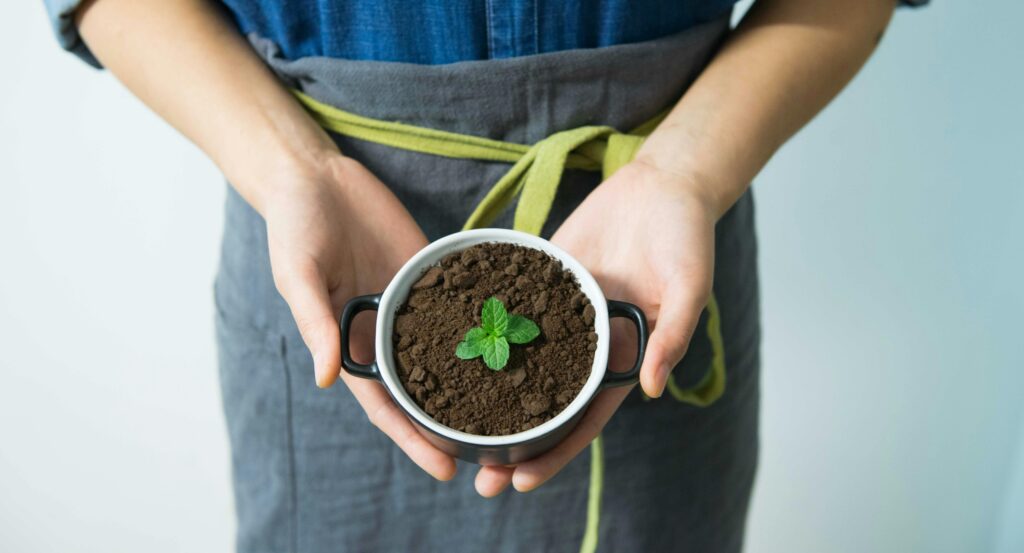
Choosing the Right Mint Variety
When deciding to grow mint indoors, selecting the right variety is crucial for your gardening success. Mint comes in an astonishing range of flavors and scents, from the classic peppermint and spearmint to more exotic types like chocolate mint, pineapple mint, and even lavender mint. Each variety has its unique characteristics, making some more suitable for indoor growth than others.
Peppermint is a popular choice for its strong, refreshing flavor and scent. It’s ideal for culinary uses, particularly in teas, desserts, and cocktails. Spearmint, with its milder flavor, is another excellent option for indoor gardening, especially if you’re looking to use it in savory dishes or salads.
For those interested in more decorative varieties, variegated mint types, such as pineapple mint, offer stunning foliage that can add visual interest to your indoor garden. These mints have unique patterns and colors on their leaves, making them beautiful additions to any room.
When choosing your mint variety, consider the purpose of your indoor garden. If it’s primarily for culinary use, focus on the flavor profiles that would best complement your cooking. For aromatic purposes, look for varieties with strong scents to freshen up your living space. And if you’re after visual appeal, seek out varieties with unique or variegated foliage.
Remember, no matter the variety, mint is a vigorous grower and can adapt well to indoor conditions with proper care. By selecting the right type for your needs and preferences, you’ll be on your way to enjoying a bountiful mint harvest, right from the comfort of your home.
Getting Started: Planting Your Mint
Embarking on the journey of how to grow mint indoors begins with planting your mint correctly. The decision between starting from seeds or plantlets is the first step. For beginners, plantlets (young plants) are often recommended due to their higher success rate and quicker start. Seeds can be more challenging and require patience but are a rewarding option for those interested in experiencing the full growth cycle.
Choosing the right soil type is pivotal for your mint’s growth. Mint thrives in well-draining soil that retains moisture without becoming waterlogged. A potting mix designed for herbs or vegetables is ideal, ensuring your mint gets the right balance of nutrients and aeration.
The container selection is equally important. Mint plants need room for their roots to spread, so choose a pot that is wide and deep enough to accommodate growth. Ensure the pot has adequate drainage holes to prevent excess water from sitting at the bottom, which could lead to root rot. Since mint can be quite invasive, keeping it in a container also helps manage its growth, preventing it from taking over your indoor garden space.
When planting, fill your pot with the selected soil mix, leaving some space at the top. Place your mint plantlet or seeds into the soil, covering them lightly but firmly. Water the newly planted mint until the soil is moist, not waterlogged, and place the pot in a location that receives plenty of indirect sunlight.
Do you know that you can also plant the Mint using the hydroponic method?

Optimal Conditions for Growth
For your indoor mint to thrive, providing it with the right growing conditions is essential. Mint is quite adaptable but performs best under certain circumstances.
Sunlight and temperature play a significant role in the health of your mint. Ideally, mint requires about 4-6 hours of indirect sunlight daily. Too much direct sunlight can scorch the leaves, while too little can lead to leggy growth. If natural light is limited, consider supplementing with grow lights. Temperature-wise, mint prefers a cooler environment but can grow in average room temperatures between 65-70°F (18-21°C).
Watering schedule is crucial for mint. It likes consistently moist soil but despises soggy conditions. The top inch of soil should dry out before you water again. Overwatering can lead to root rot, a common issue with indoor mint. To avoid this, ensure your pot has good drainage and you’re monitoring the soil moisture level regularly.
Fertilization is the next piece of the puzzle. Mint isn’t a heavy feeder, but applying a balanced, all-purpose liquid fertilizer monthly during the growing season can support its vigorous growth. Be cautious not to over-fertilize, as this can lead to poor flavor and growth issues.
Ongoing Care and Maintenance
Ensuring your mint plants remain healthy and vibrant requires regular care and maintenance. By staying on top of pruning, pest management, and repotting, you can enjoy a bountiful mint harvest year-round.
Pruning and harvesting your mint is beneficial for two reasons: it encourages fuller, bushier growth and provides you with fresh herbs for your culinary needs. Regularly snip off the tips of your mint plants, removing no more than one-third of the length at a time. This method promotes lateral growth, making your plant lush and dense. Harvest mint leaves in the morning for the best flavor when the plant’s essential oils are strongest.
Dealing with pests and diseases can be a challenge, but mint is relatively hardy. Common issues include spider mites and aphids, which can be managed with neem oil or a mild soap solution. Ensure good air circulation around your plants to prevent fungal diseases, and keep the foliage dry during watering.
Repotting is crucial for mint’s continued growth, especially since it’s a fast grower. Annually check the roots of your mint plant. If they look crowded or start to circle the pot’s bottom, it’s time to repot. Choose a container one size larger than the current one and use fresh potting mix to give your mint a nutrient boost and more room to grow.
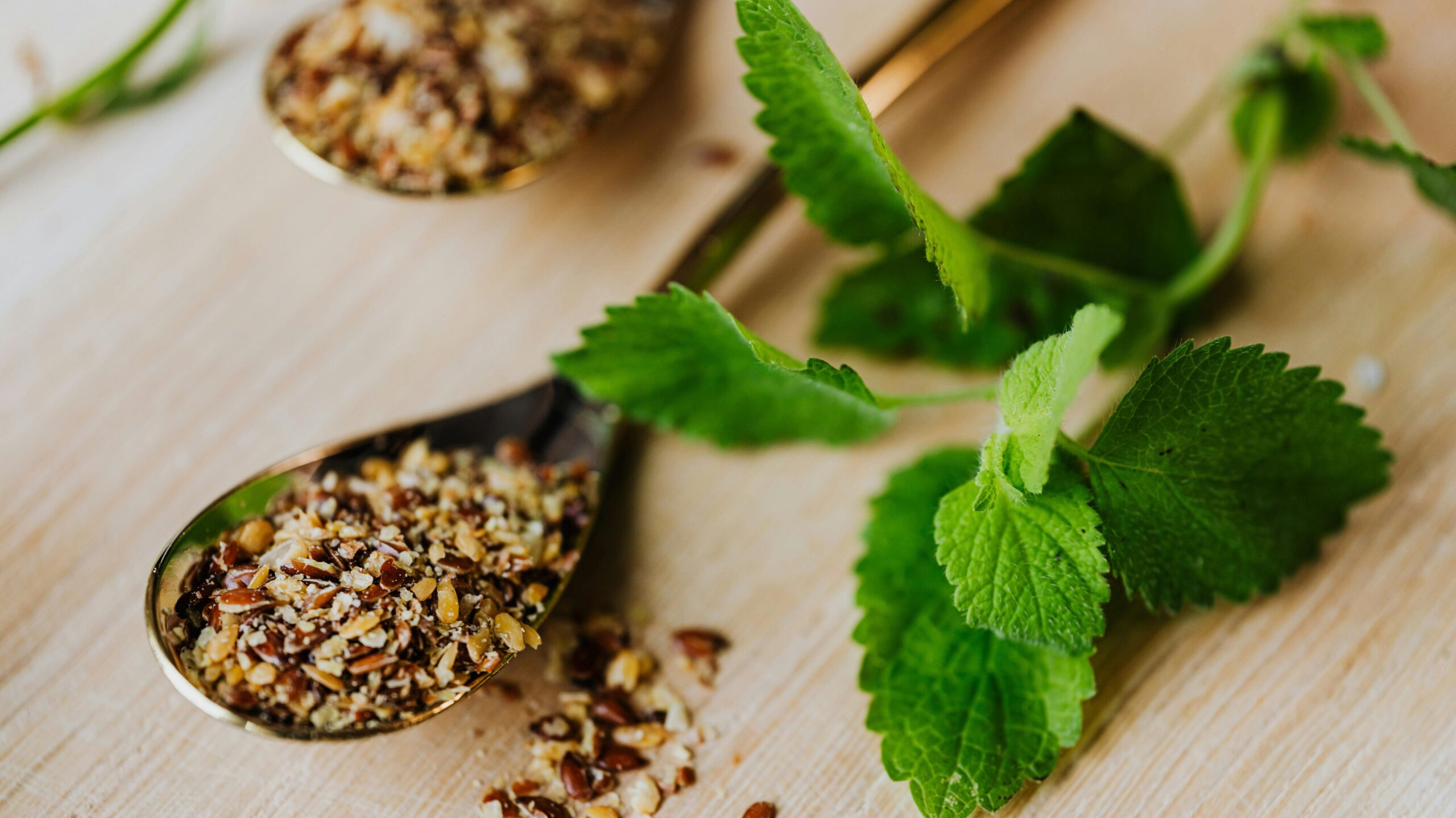
Propagation: Multiplying Your Mint
One of the most rewarding aspects of when you grow mint indoors is the ease with which you can propagate and multiply your plants. Propagation allows you to expand your mint collection or share it with friends and family. Here’s a simple guide to propagating your mint effectively.
Step 1: Choose healthy stems for cutting. Look for vigorous, healthy mint stems, ideally about 4-6 inches long. Using a sharp, clean pair of scissors or pruning shears, cut just below a leaf node (the point on the stem where leaves emerge).
Step 2: Prepare the cuttings. Remove the leaves from the bottom half of each cutting to expose the nodes. This is where the roots will develop.
Step 3: Root the cuttings. You can root mint cuttings in water or directly in soil. For water rooting, place the cuttings in a glass of water, ensuring the nodes are submerged but the top leaves are not. Change the water every few days. If you’re rooting in soil, plant the cuttings in a pot filled with moist potting mix, covering the nodes with soil.
Step 4: Wait for roots to develop. Whether in water or soil, your mint cuttings should begin to develop roots within a couple of weeks. Once the roots are a few inches long, they’re ready to be planted.
Step 5: Plant your new mint plants. Transfer your rooted cuttings to individual pots filled with potting mix. Water them well and place them in a spot with indirect sunlight.
Troubleshooting Common Problems
Even with the best care, you might encounter some challenges when you grow mint indoors. Understanding how to troubleshoot common problems will keep your mint garden thriving.
Leggy Growth: If your mint is growing tall and thin with sparse leaves, it’s likely not getting enough light. Increase the amount of light your plant receives, either by moving it closer to a window or supplementing with grow lights.
Yellowing Leaves: Overwatering is a common cause of yellow leaves in mint plants. Ensure the pot has adequate drainage and let the top inch of soil dry out before watering again. Underwatering can also cause yellowing, so find the right balance for your plant’s needs.
Pests: Mint is relatively resistant to pests, but it’s not immune. Aphids and spider mites can sometimes be a problem. If you notice pests, wash them off with a gentle stream of water or treat the plant with neem oil, a natural insecticide.
Mold or Mildew: Poor air circulation and too much moisture can lead to fungal issues. If you notice mold or mildew, reduce watering and improve air flow around the plant. Pruning can also help by increasing light penetration and air circulation within the foliage.
Stunted Growth or Poor Flavor: This could be a sign that your mint needs more nutrients. Applying a balanced, all-purpose liquid fertilizer according to the product’s instructions can help. Also, ensure your mint is getting enough light, as this can affect both growth and flavor.
How to Grow Onions in Pots: 5 Simple Steps for Lush, Flavorful Harvests
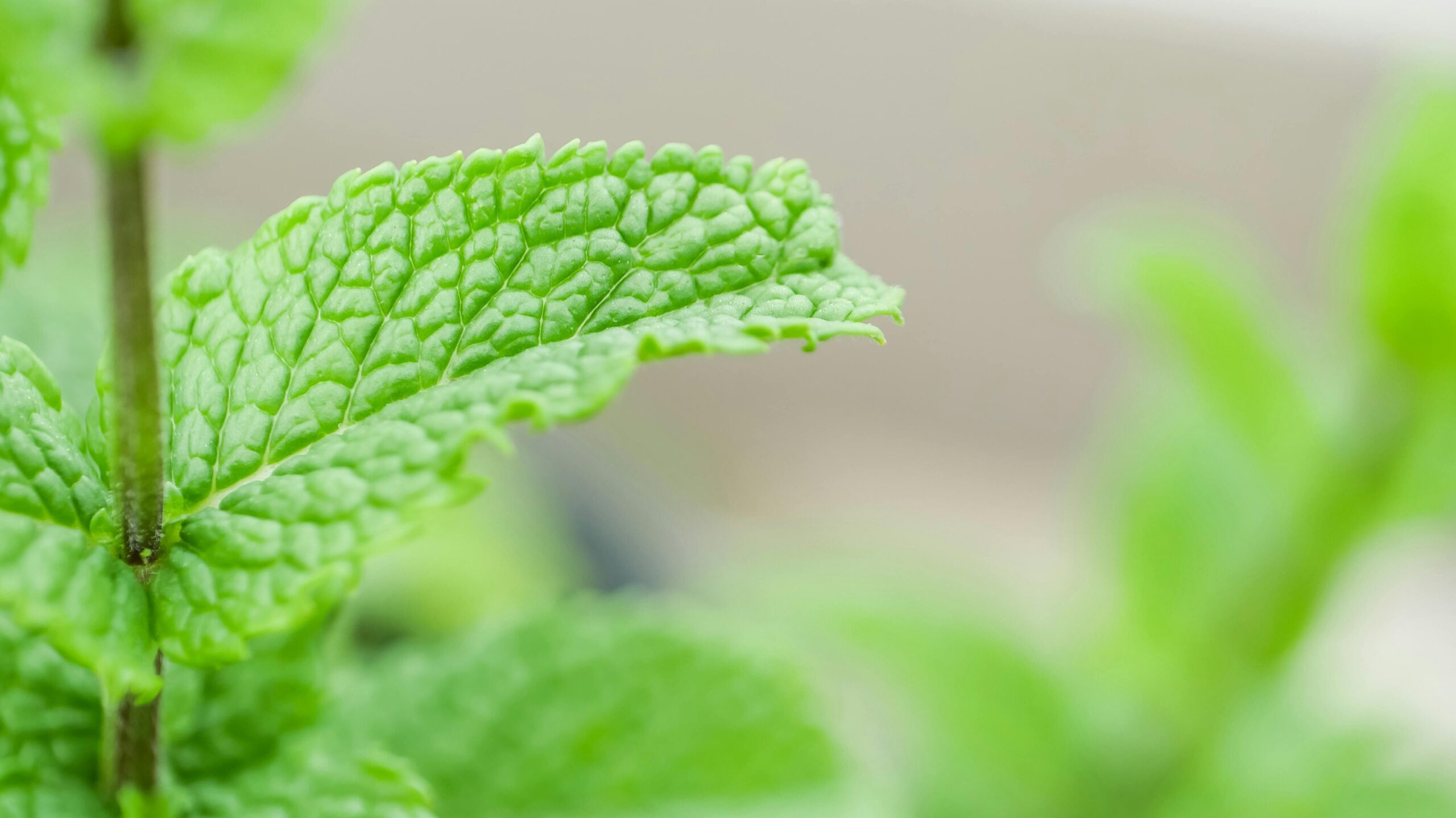
Grow Mint Indoors: Conclusion
When you grow mint indoors, it enriches your home with beauty and fresh aroma, offering culinary and aesthetic benefits. Embrace the process, from selecting the right variety to meeting your plants’ needs with light, water, and nutrients. Propagation allows easy expansion of your indoor garden. Experimentation is key; discover what works best for you and enjoy the daily care and satisfaction of harvesting your own herbs. Whether you’re a beginner or experienced gardener, the journey of growing mint indoors brings unexpected joys and enhances your living space with vibrant greenery and freshness.
FAQ
Can I grow any mint variety indoors?
Most mint varieties are suitable for indoor cultivation, but some, like peppermint and spearmint, are especially popular due to their robust flavors and scents. Consider your space and usage preferences when selecting a variety.
How much light does indoor mint need?
Mint thrives with about 4-6 hours of indirect sunlight daily. If natural light is scarce, supplementing with grow lights can ensure your mint receives the light it needs to grow healthy and strong.
How often should I water my indoor mint?
Water your mint when the top inch of soil feels dry to the touch, ensuring the soil is moist but not waterlogged. Overwatering can lead to root rot, so proper drainage is crucial.
Can I use regular potting soil for mint?
Yes, a well-draining potting mix designed for herbs or vegetables is ideal for mint. Ensure the soil retains moisture without becoming soggy to support healthy growth.
How do I propagate mint?
To propagate mint, take a 4-6 inch cutting from a healthy plant, remove the lower leaves, and place it in water or moist soil. Roots should develop within a few weeks, after which you can plant your new mint.



